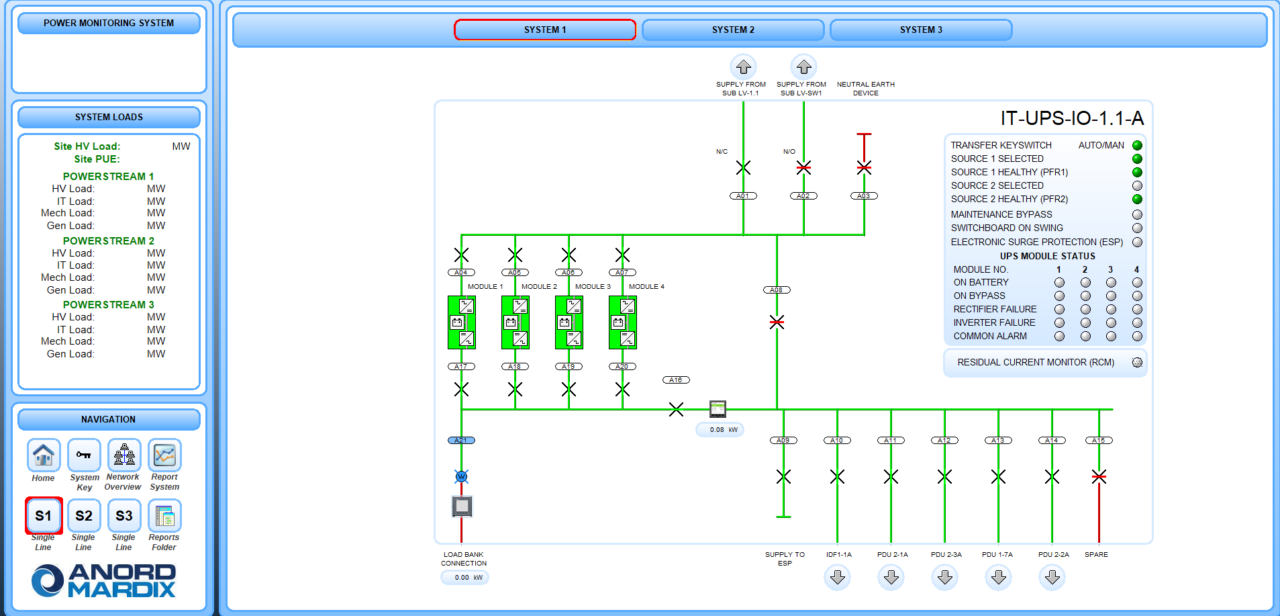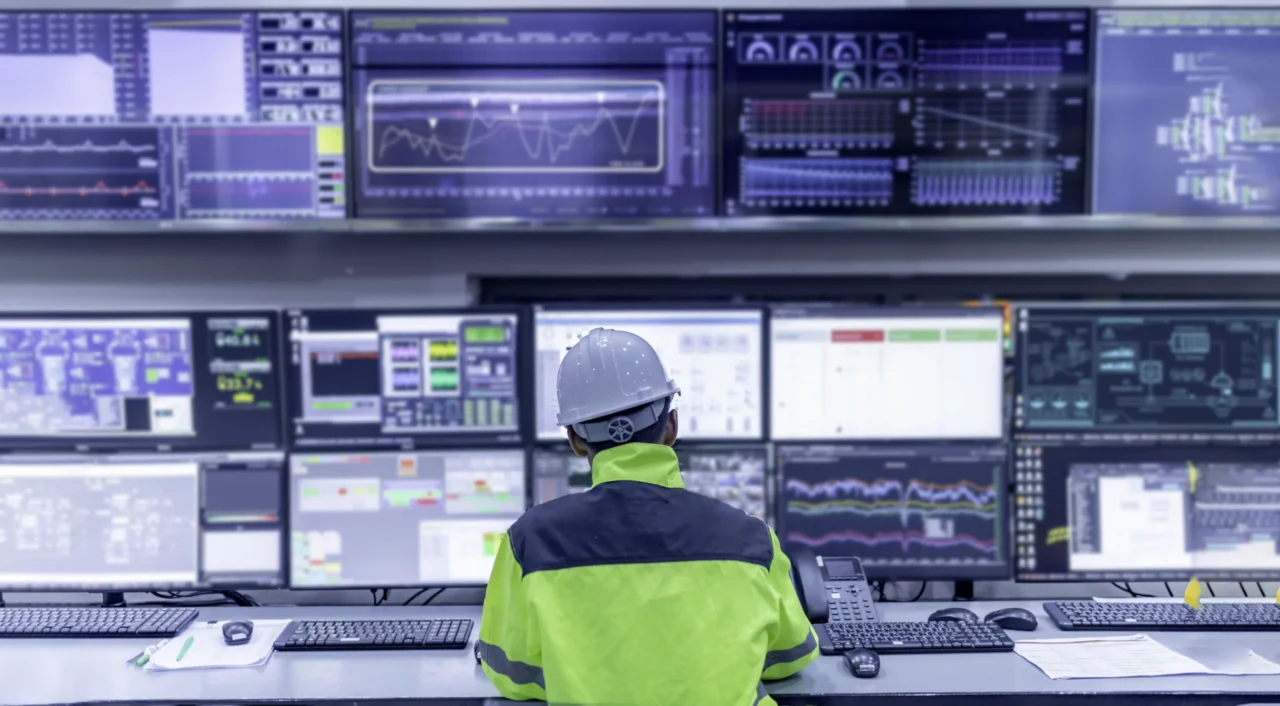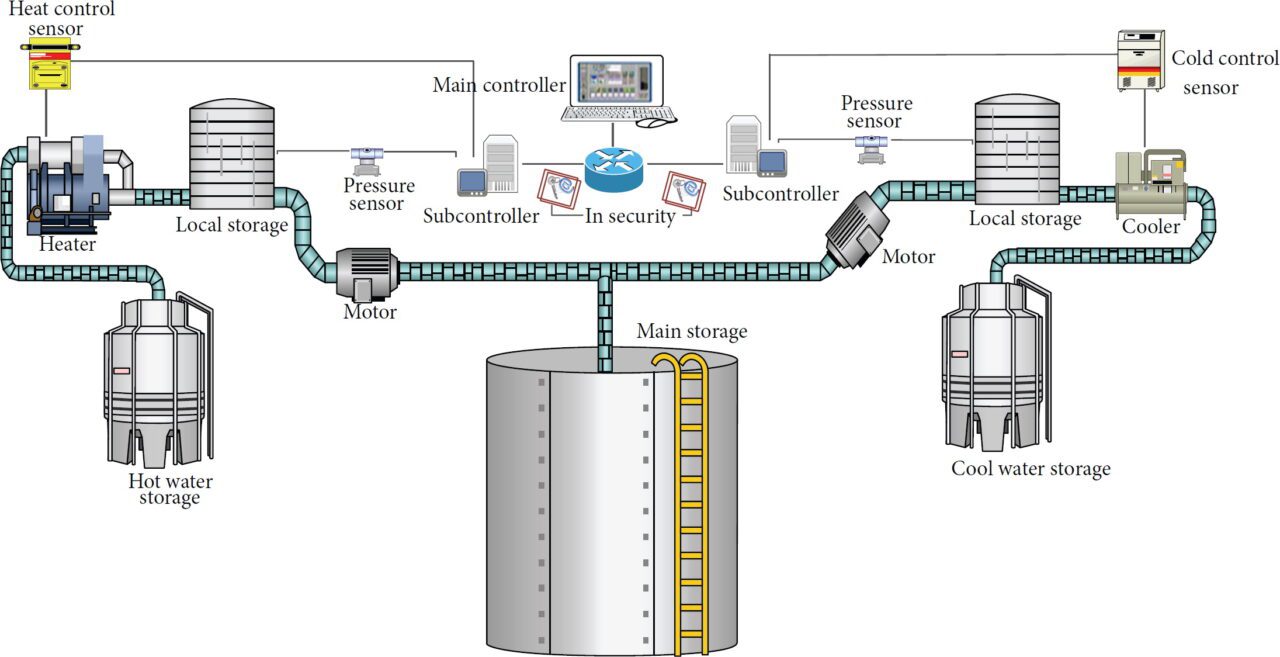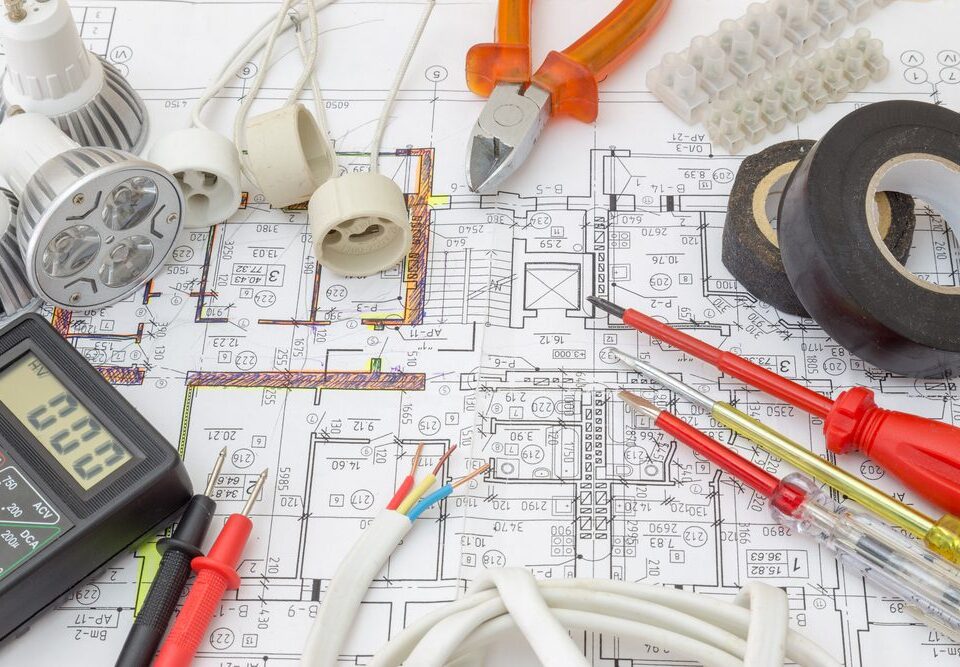2. Increased Operational Efficiency Through Automation and Speed
Upgrading SCADA systems by upgrading sensors and flow meters so that they contribute to greater operational efficiency by improving the SCADA system’s automation capabilities. Modern sensors offer faster response times, which is essential in environments where real-time data changes can affect productivity, safety, or product quality. By integrating advanced sensors with quick reaction times, SCADA systems can trigger automated adjustments faster, leading to more responsive and efficient operations.
For example, in an oil and gas facility, a rapid response to pressure changes can prevent equipment strain and reduce downtime. With modern flow meters, SCADA systems can precisely control the flow of oil, gas, or chemicals, minimizing waste and optimizing resource usage. As a result, facilities experience reduced operational downtime, lower maintenance costs, and increased production efficiency. This improvement in responsiveness helps companies maintain optimal workflows and avoid disruptions, translating directly to better productivity and cost savings.








